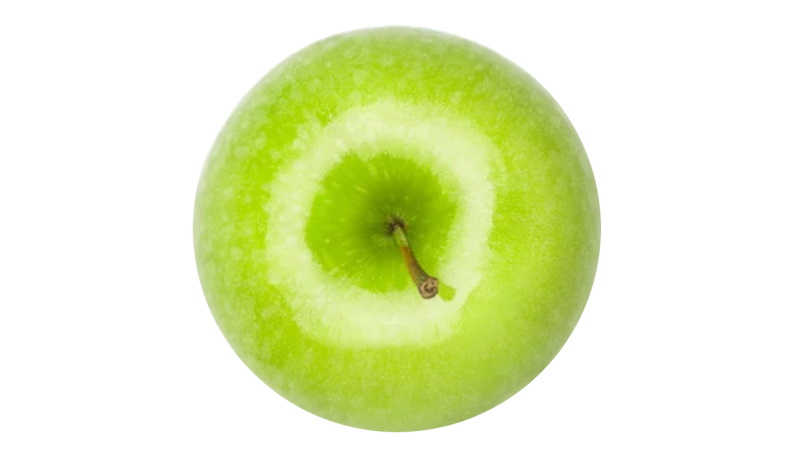Establishing A Trade Association In The San Joaquin Valley
For too many years, the winegrapes of California’s “Big Valley,” the mighty San Joaquin, haven’t gotten enough respect. At least that’s the opinion of Nat DiBuduo and Peter Vallis, and they’re out to change that perception.
“I knew it had really gotten bad when a writer said we were the Detroit of the wine industry,” says DiBuduo, the president of Allied Grape Growers, a marketing cooperative with more than 500 grower-members from throughout California. “We grew up here in the valley, and we know how important we’ve been to the wine industry.”
A first step was taken five years ago, when Central California Winegrowers (CCW) was formed. Vallis, a fourth-generation grower from the Fresno area, is the executive director, and DiBuduo, who is also on American Fruit Grower and Western Fruit Grower’s Editorial Advisory Board, serves as CCW’s treasurer. While CCW has been useful in implementing events and programs to bring research information to growers and spread the word about the quality of San Joaquin Valley winegrowing, they want to do more. They feel they need an organization to market the valley, and that is beyond the legal scope of CCW, which is a 501(c)3 charity. “We want to do other things, so we need a trade association,” says DiBuduo. Adds Vallis: “It’s the next logical step.”
The new organization is the San Joaquin Valley Winegrowers Association, not a charity, but a 501(c)5 agricultural commodity association. That legal designation is necessary to do such things as apply for an appellation for the valley. That’s right: Despite the fact that half the winegrapes in the state are grown between Stockton to the north and the Tehachapi Mountains to the south, the only designation on the labels of most of the wines is simply “California.” “We need to market the region,” says Vallis. “The San Joaquin Valley is the first natural wonder of the food production world.”
Not Too Hot
Vallis freely admits that while the rich and incredibly diverse valley is a great place to grow just about anything, it has long had the rap of being too hot for winegrapes. More specifically, it’s been seen as too hot at night, because wide temperature swings between summer days and nights are noted for boosting Brix, as well as other flavor components. Vallis doesn’t believe that’s the whole story, as certain varieties such as those that thrive in similar climates in the world — such as Syrah or Shiraz in Southwest Australia — do quite well. “Grapes are native to Turkey. Do you have any idea what Turkey’s like? It’s hot,” says Vallis, warming to the subject.
A big part of the problem is that in the past the focus has always been on quantity, he says, not quality. The thrust of CCW, and soon, its sister organization, the San Joaquin Valley Winegrowers Association, is to make the grower-members successful by placing the emphasis on end product. (See “Growing Wine, Not Grapes.”) Like many growers of other crops, they unfortunately gave too little attention to marketing. “Like good farmers,” says Vallis with a rueful chuckle, “we kept our mouths shut and just kept working.”
To get the new trade association off the ground and pay the legal costs, start-up fees and some marketing, Vallis estimates they will need to raise $15,000 to officially form the San Joaquin Valley Winegrowers Association. He’s sent out letters requesting one-time $500 contributions, and by early April — after just one week — they were almost halfway to the start-up figure, as about a dozen people had signed up to be charter members. “It’s exciting to see San Joaquin Valley winegrowers taking positive steps for their future,” says DiBuduo.
Growing Wine, Not Grapes
Just by its name, you can tell Central California Winegrowers emphasizes what’s most important, the end product. According to the group’s website, www.ccwinegrowers.org, the approach has many facets:
- Increasing our understanding of domestic and international wine markets.
- Developing wine growing partnerships with vintners.
- Promoting wines and grapes best suited to the San Joaquin Valley.
- Adopting the best vineyard practices to efficiently produce higher quality.
- Broadening the consumer base and expanding demand for our products.
- Creating a positive perception of Central California winegrape products.









